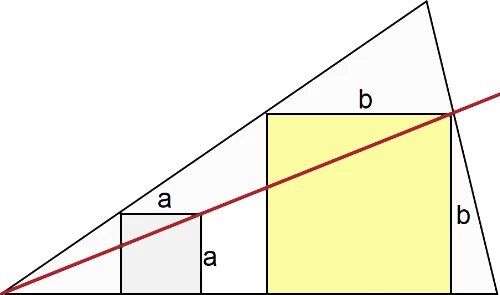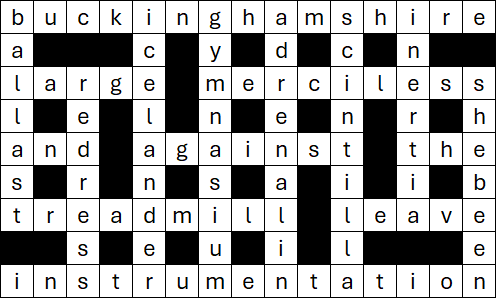
This book is a collection of papers about the art of mathematical modeling, by Tony Hürlimann. The book is for all persons eager to learn mathematical modeling, especially for students in operations research and management sciences or business analytics, in order to solve all kind of problems.
There are numerous examples, many of which can be run interactively via the author's website. The examples use the Linear Programming Language (LPL) modelling language, developed by the author. Although originally designed for linear problems, the language has expanded to cover a much wider range of problem types.
Sections:
- What is modeling? Gives an informal and a formal introduction to the concepts of modeling and model.
- How to model? A short introduction to the modeling process, explaining its stages in order to learn how to model.
- The modeling language LPL. An introduction to the LPL modeling language, highlighting features such as modularity, the drawing library, logical constraint, and goal programming.
- Index notation in mathematics. Explains indexing notation and its implementation in the modeling language LPL.
- Various modeling tools. Give a first impression of various modeling tools – free and commercial – that could be used to build mathematical models.
- Various model types. Discusses mathematical model classifications such as: discrete, continuous, linear, non-linear, differential equations, stochastic models, and fuzzy models.
- Data cubes and pivot-tables. Gives a survey and implementation in LPL on datacube and pivot-tables in order to understand and use OLAP functionalities.
- Logical modeling. Presents modeling techniques for formulating logical conditions in mathematical models.
- My vision. Explains the author's ideas of why we need a new programming language paradigm.
Textbook: Mathematical modeling basics.












